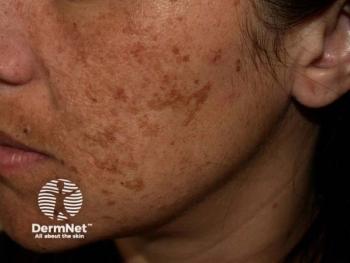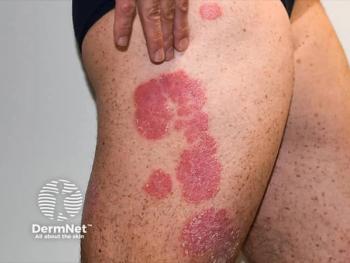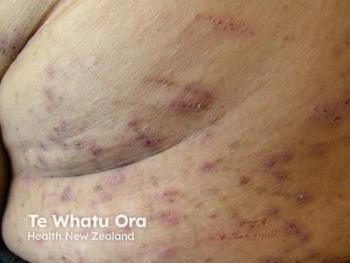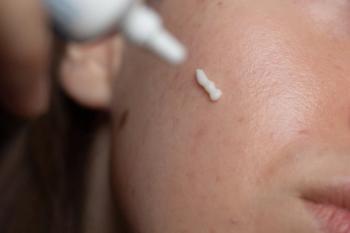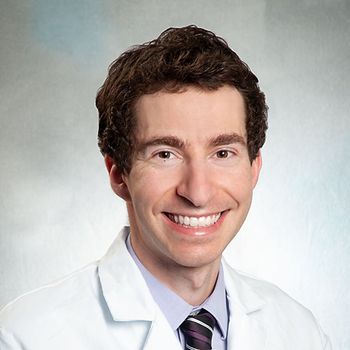
Day 3 Recap: 50th Annual SPD Dermatology Conference 2025
Key Takeaways
- The meeting emphasized innovation, global perspectives, and community updates, providing clinical pearls and future-forward tools for practice enhancement.
- Key sessions included updates on board certification, evolving practice standards, and the transformative role of high-frequency ultrasound in pediatric diagnostics.
Catch up on coverage from the third day of the 50th Annual Society for Pediatric Dermatology Meeting in Seattle, Washington.
To stay informed with the latest conference insights,
The final day of the
The morning kicked off with updates from the American Board of Dermatology and Pediatric Dermatology subspecialty leadership. Julie Schaffer, MD, and Andrea Zaenglein, MD, provided attendees with the latest information on board certification, evolving practice standards, and how the specialty continues to grow in response to changing health care needs.
More from SPD: Human Skin Models Advance EBS Research
This was followed by a brief awards presentation, recognizing outstanding contributions in research, service, and mentorship across the field.
Continuing a popular tradition throughout the meeting, Luke Johnson, MD, returned for a third installment of Hot Topics & Trends in Pediatric Dermatology, delivering a snapshot of the latest developments in diagnostics, therapies, and care delivery models.
One of the standout sessions of the day was the second installment of the Hurwitz Lecture, where Angela Hernandez Martin, MD, returned to the podium to present Pediatric Dermatology Reimagined: The Game-Changing Tool of Ultrasound. With practical insights and case examples, Hernandez Martin outlined how high-frequency ultrasound is transforming diagnostic accuracy and non-invasive monitoring in pediatric patients, particularly in complex skin and soft tissue conditions.
More from SPD: Eichenfield Urges Lifelong Learning Amid Evolving Treatment Landscape
The morning continued with 2 focused talks. Molly Youssef, MD, of the Mayo Clinic, explored the often-overlooked realm of mucosal disease in pediatric populations, offering guidance on early recognition and multidisciplinary management. James Bennett, MD, PhD, followed with a discussion on the application of genetic testing in vascular anomalies clinics, highlighting how genomic advances are leading to more targeted diagnoses and personalized treatment pathways.
Following a mid-morning break and poster viewing session, the program resumed with a series of brief but impactful updates. Carrie Coughlin, MD, MPHS, shared highlights from the latest PeDRA (Pediatric Dermatology Research Alliance) meeting, emphasizing collaborative research priorities and funding opportunities. James Treat, MD, then offered a snapshot of discussions from the recent World Congress of Pediatric Dermatology, underscoring global initiatives and cross-border partnerships in improving pediatric skin health.
As the meeting began to wind down, Solveig Ophaug, MD, and Rachel Dunlap, MD, delivered the Pediatric Dermatology Year in Review, synthesizing key studies, therapeutic advancements, and practice-changing evidence published over the past year.
Finally, SPD closed its 2025 meeting with part 2 of Sam Weinberg’s Cases of the Year, an attendee favorite. As in previous sessions, expert faculty presented unusual or diagnostically challenging cases that sparked lively discussion and illustrated the importance of curiosity, collaboration, and clinical rigor in pediatric dermatology.
With 3 days of robust programming, powerful tributes, and dynamic conversations, SPD 2025 concluded on a high note—equipping clinicians with the tools, insights, and connections needed to shape the future of the specialty.
Make sure to
Newsletter
Like what you’re reading? Subscribe to Dermatology Times for weekly updates on therapies, innovations, and real-world practice tips.

